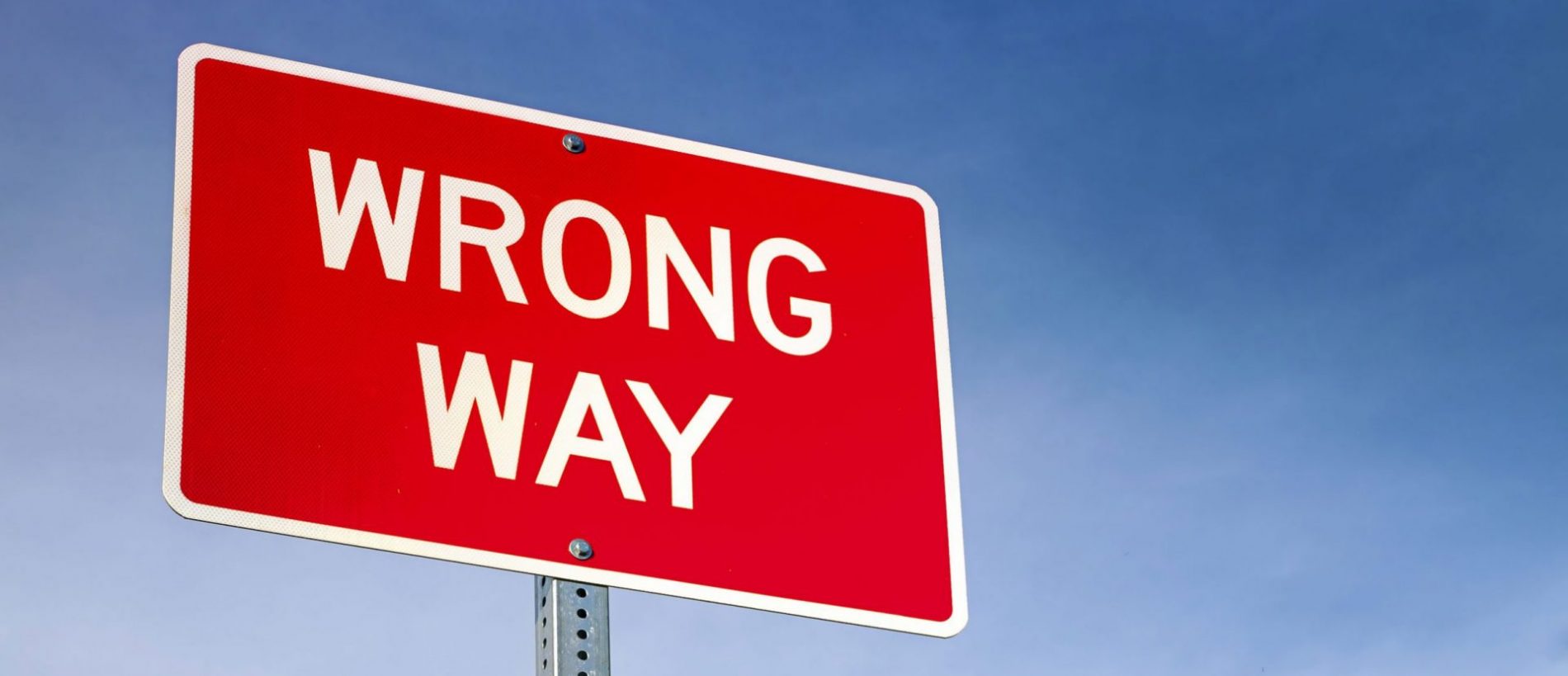Since approximately the mid-2000s, competition regulators have largely adhered to a consensus according to which standard-essential patents pose an inherently high risk of anticompetitive effects in wireless communications markets. Based on this theoretical possibility, regulators have pursued far-reaching changes in the licensing relationships between innovators and implementers. Regulators have largely failed to secure these objectives due to difficulties in satisfying courts’ demands for evidence of actual or likely anticompetitive effects to warrant intervention in apparently thriving markets. These litigation setbacks (which have accelerated since 2019) reflect a fundamental discrepancy between the theory driving regulators’ actions, which predicts slow adoption and delayed innovation due to patent holdup, and actual performance, which exhibits rapid adoption and continuous innovation.
By Jonathan M. Barnett1
I. INTRODUCTION
Since approximately the mid-2000s, competition regulators in major jurisdictions around the world have almost universally pursued the theory that a handful of leading chip suppliers have burdened the smartphone market with an onerous royalty “tax” that has inflated prices, limited growth, and stunted innovation. The same view has been propounded through amicus briefs and other vehicles by some of the world’s largest technology companies, many of which are “net” patent licensees in the smartphone value chain.2 F
...THIS ARTICLE IS NOT AVAILABLE FOR IP ADDRESS 216.73.216.89
Please verify email or join us
to access premium content!

